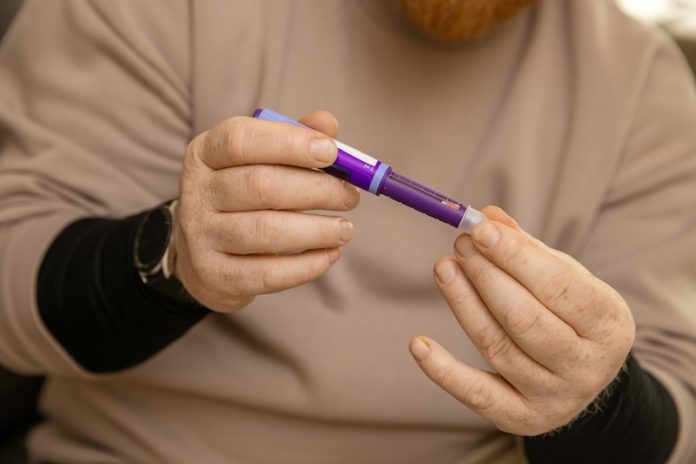
Type 2 diabetes is a widespread health condition where the body either doesn’t produce enough insulin or can’t use it properly. Insulin is a hormone that helps move sugar from the blood into the body’s cells for energy. When insulin doesn’t work well, blood sugar builds up, which can lead to serious health problems over time.
One of the most commonly used medications for treating type 2 diabetes is metformin. It’s usually the first drug that doctors prescribe after diagnosis. Metformin helps lower blood sugar levels and is effective for many people. However, as time goes on, metformin may stop working as well, and patients may need extra help to keep their blood sugar under control.
Researchers at Thomas Jefferson University have studied two other diabetes drugs—dapagliflozin and exenatide—to see how well they work, especially when used together. Their results bring new hope to people whose diabetes is no longer well-managed with metformin alone.
The study included 695 adults with type 2 diabetes who were already taking metformin but still had high blood sugar levels. The participants were divided into three groups. One group added exenatide, which is given as a weekly injection. Another group added dapagliflozin, taken as a daily pill. The third group used both medications together along with their metformin.
After following the participants for two years, the researchers found that the group using both dapagliflozin and exenatide had the best results. Their blood sugar levels stayed under better control than those who took just one of the drugs.
Even better, the benefits lasted the entire two years of the study, showing that the combination can provide long-term help, not just a short-term fix.
So how do these drugs work? Dapagliflozin helps the kidneys remove extra sugar from the body through urine. This lowers blood sugar levels in a simple but effective way.
Exenatide, on the other hand, works in several ways: it helps the pancreas release more insulin after meals, reduces the amount of sugar the liver makes, slows digestion so sugar enters the blood more slowly, and helps people feel full sooner, which can reduce how much they eat.
When used together, these medications not only improve blood sugar control but also help with weight loss and lowering blood pressure—two other common concerns for people with diabetes. These added benefits can make a big difference in someone’s overall health and well-being.
Safety is always a concern with any new treatment, but the study showed that this combination therapy was safe. There were no unexpected problems or serious health risks reported during the two years.
The study was led by Dr. Serge Jabbour and published in the journal Diabetes Care. Dr. Jabbour emphasized that this combination of medications could be an important new option for people who need more than just metformin to manage their diabetes.
For patients struggling to control their blood sugar, this dual treatment may offer a better and longer-lasting solution. It not only keeps sugar levels steady but also supports weight loss and heart health. With more research and continued follow-up, this approach may become a key strategy in treating type 2 diabetes more effectively over the long term.
If you care about blood sugar, please read studies about why blood sugar is high in the morning, and how to cook sweet potatoes without increasing blood sugar.
For more information about brain health, please see recent studies about 9 unhealthy habits that damage your brain, and results showing this stuff in cannabis may protect aging brain, treat Alzheimer’s.
Copyright © 2025 Knowridge Science Report. All rights reserved.



